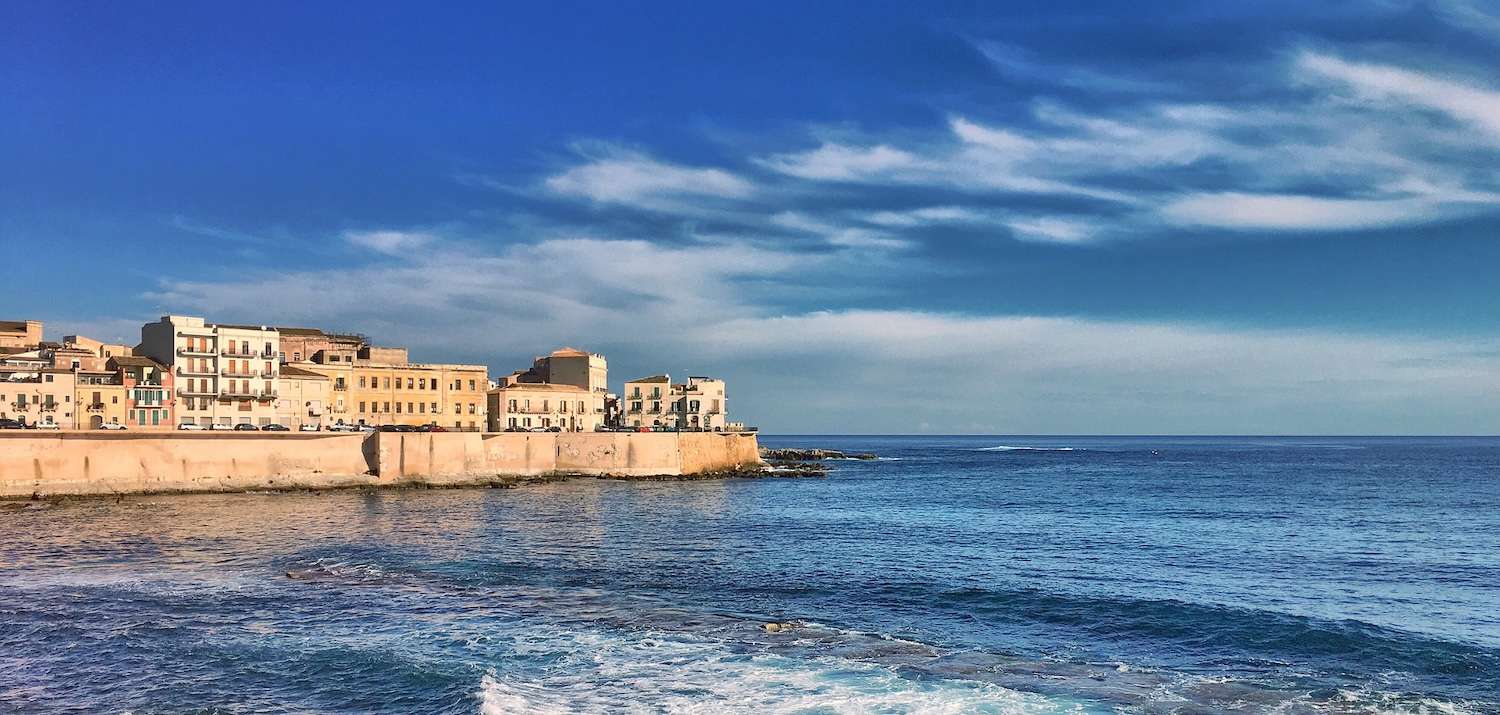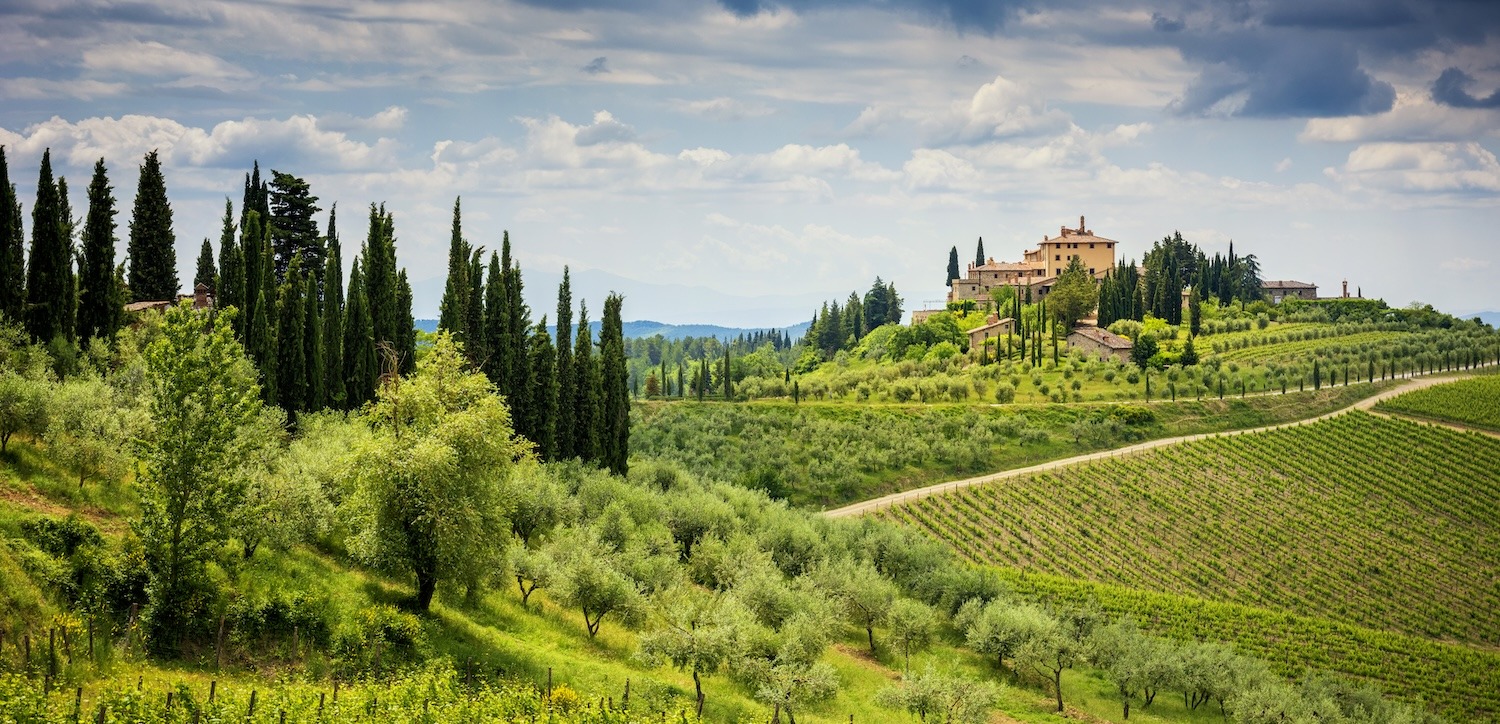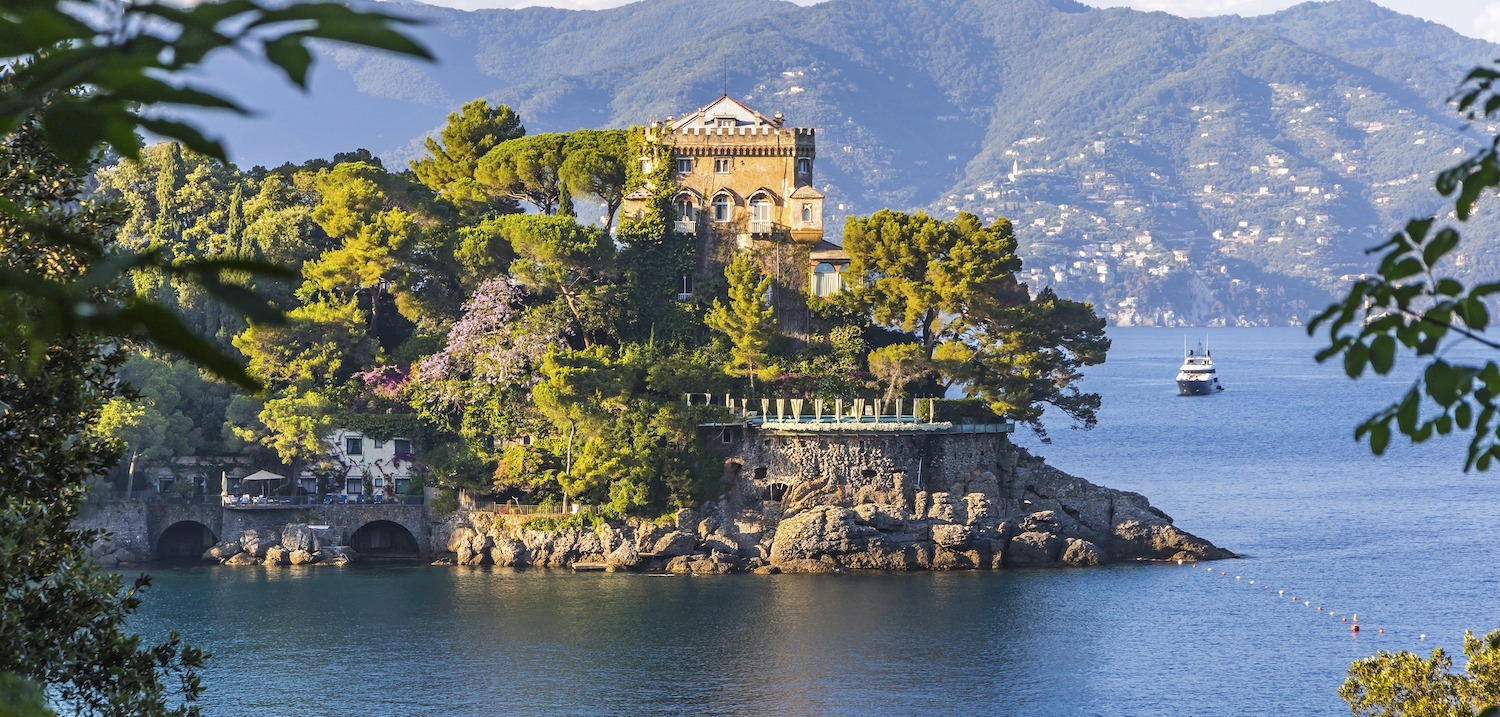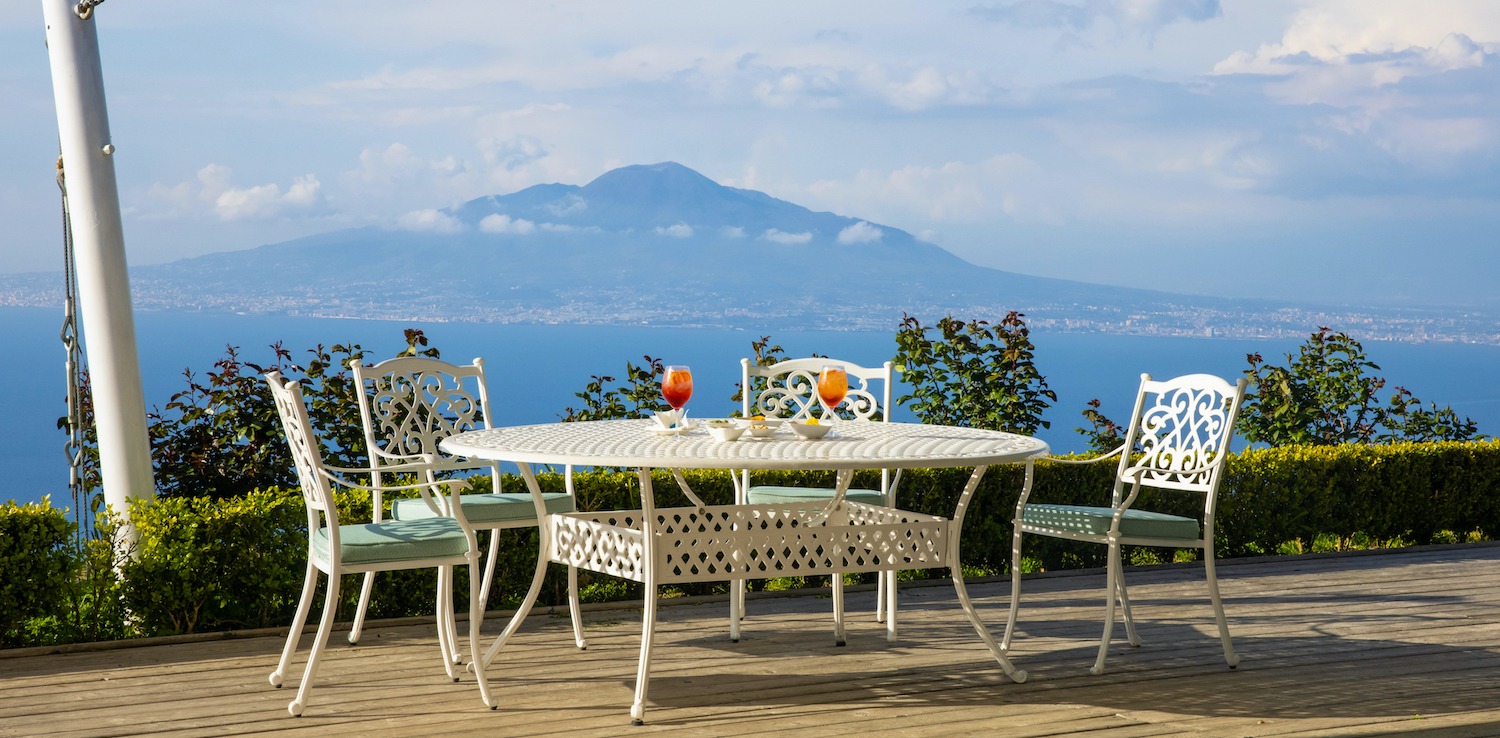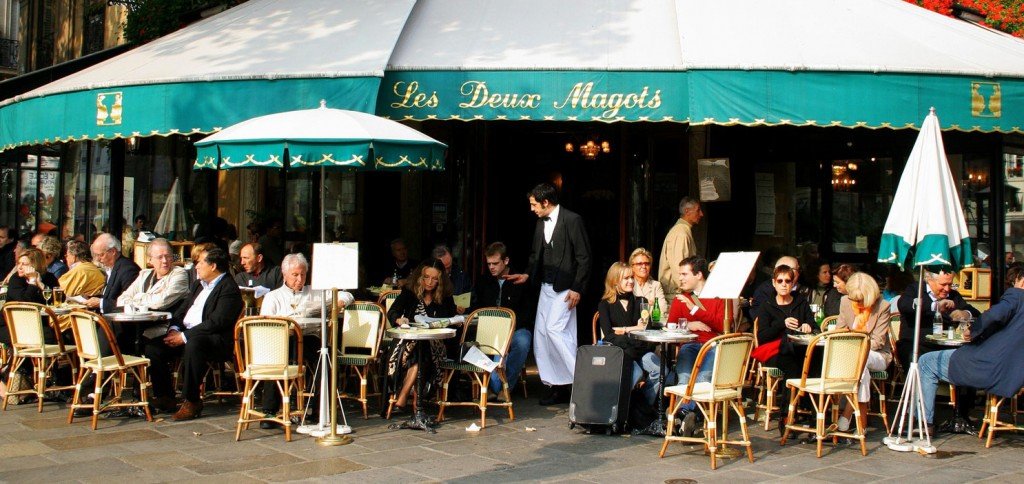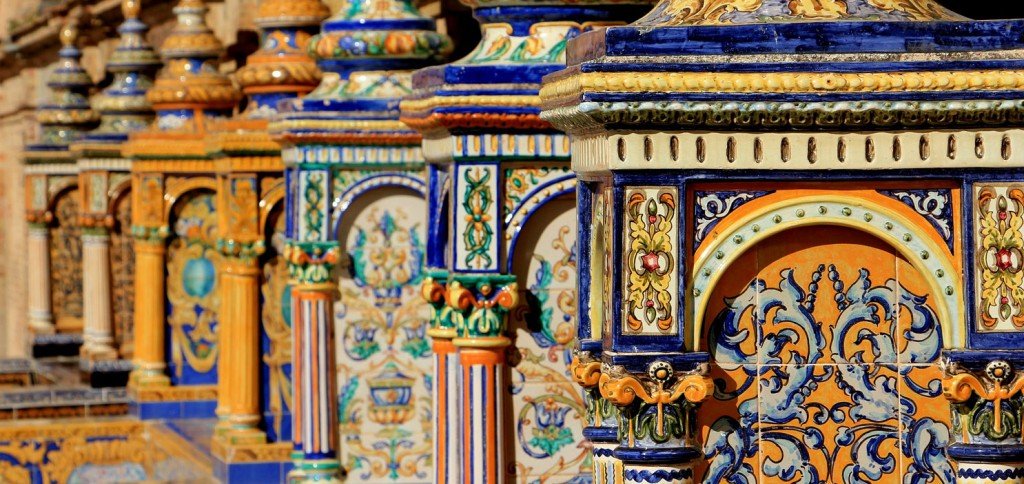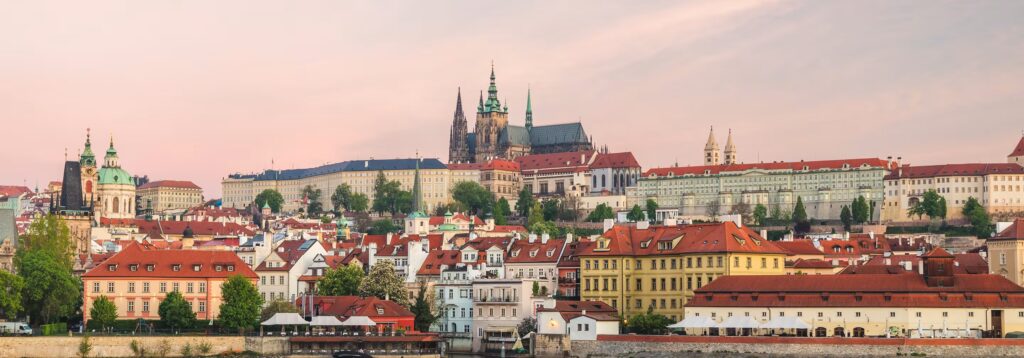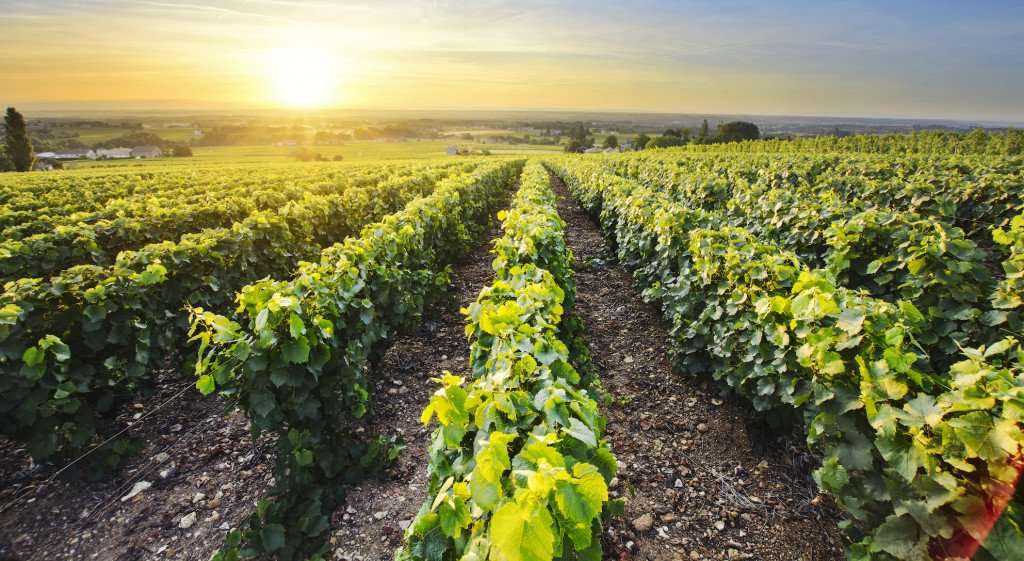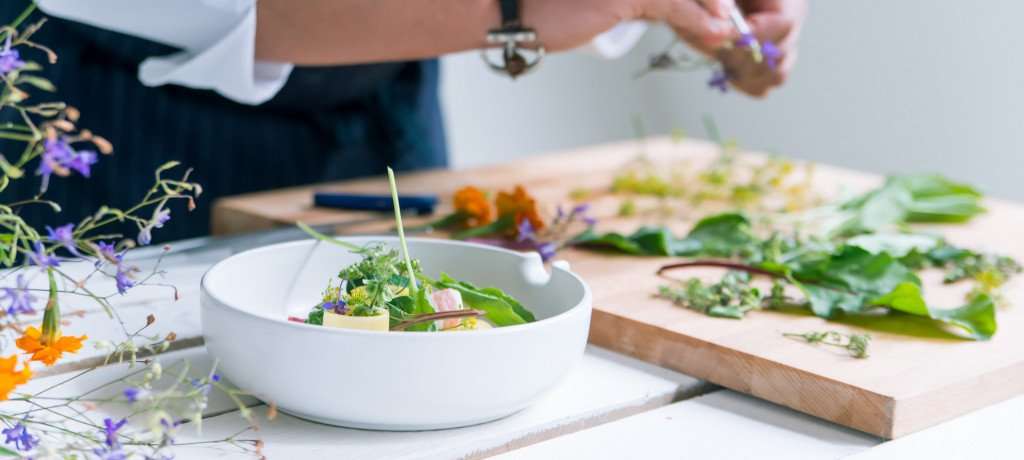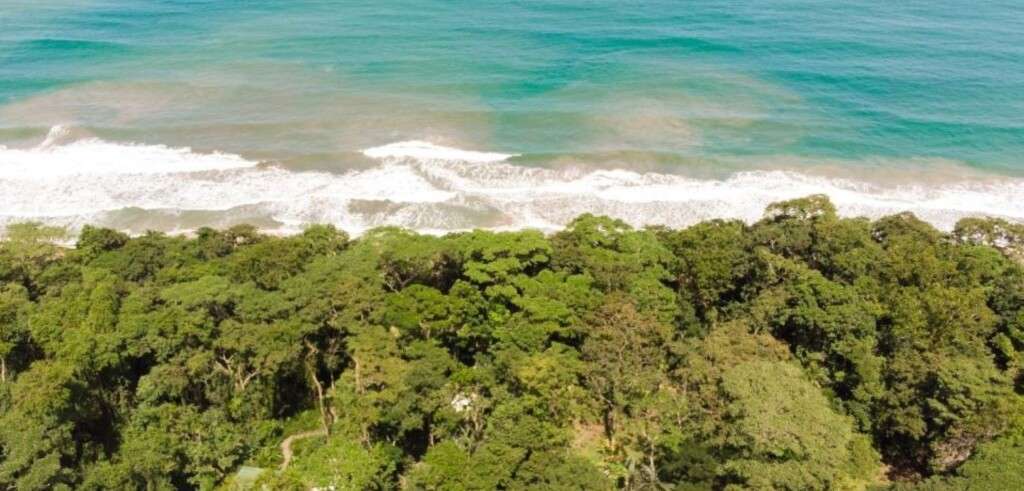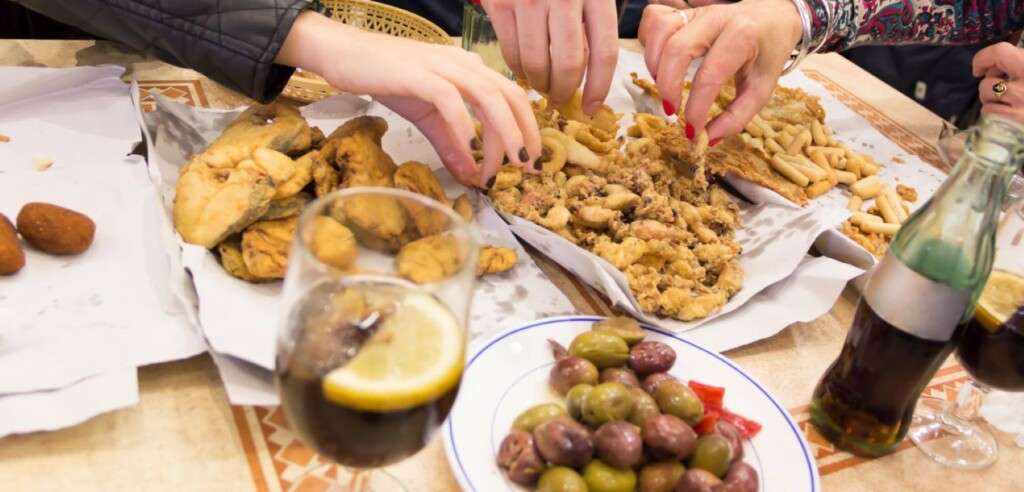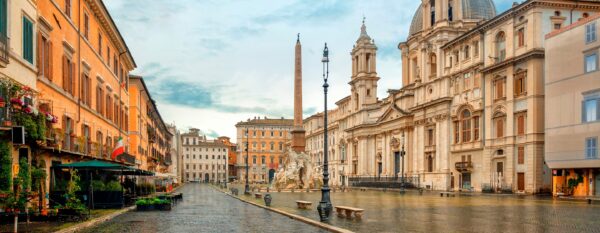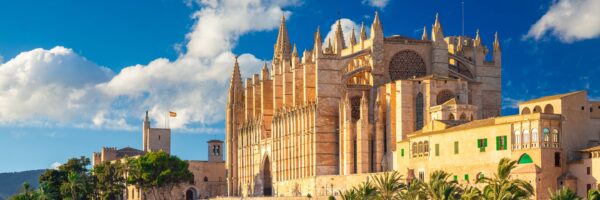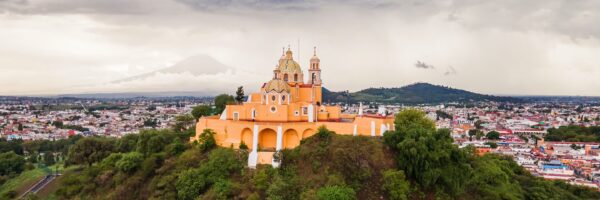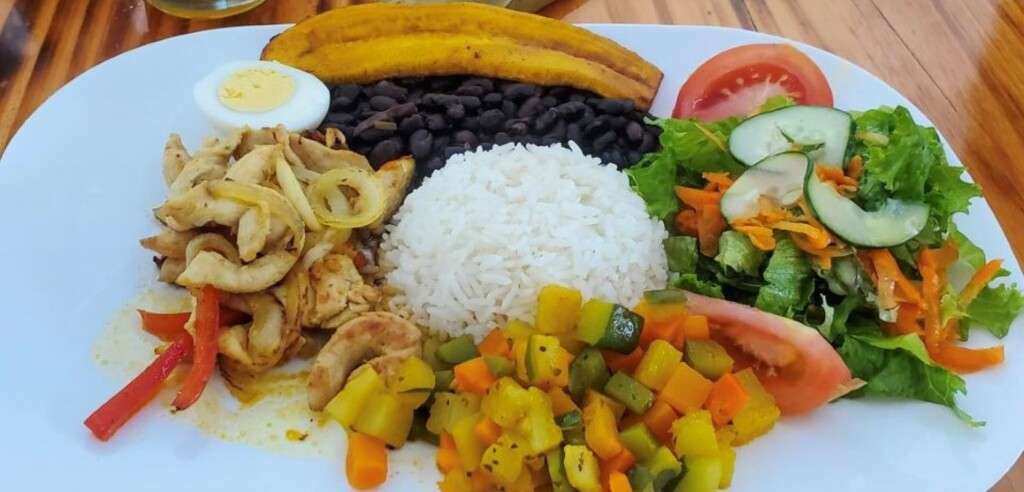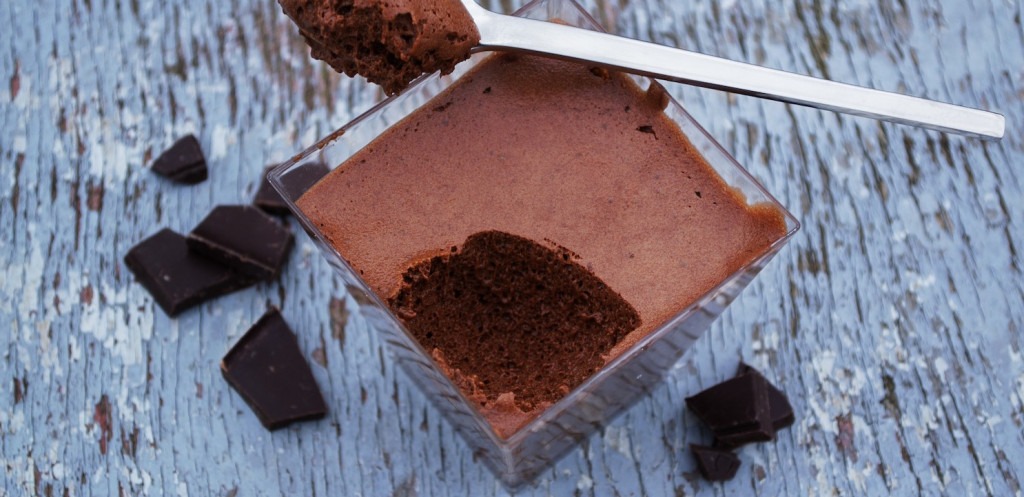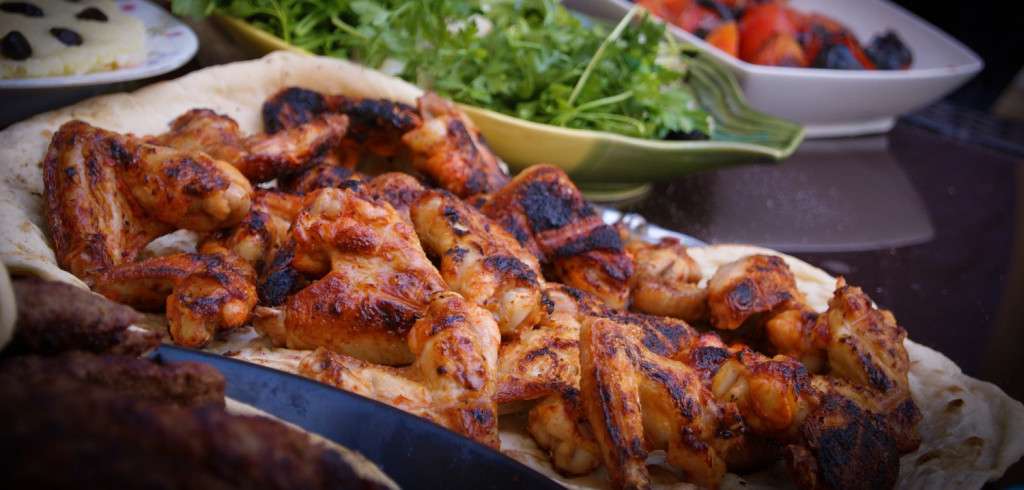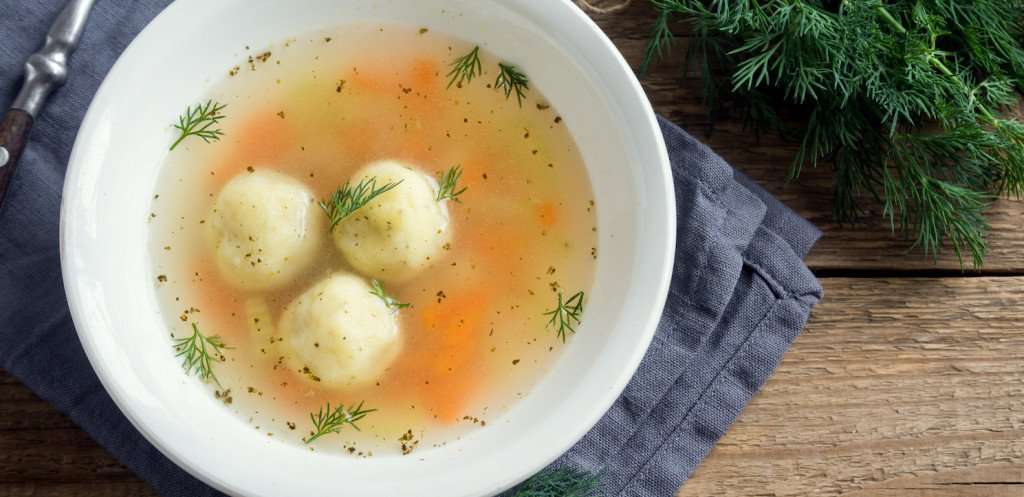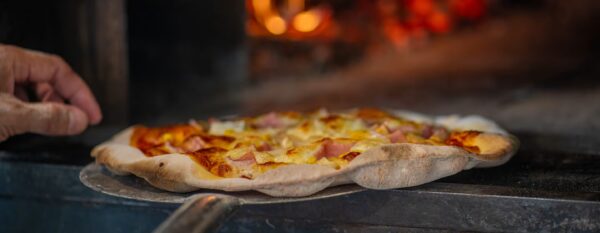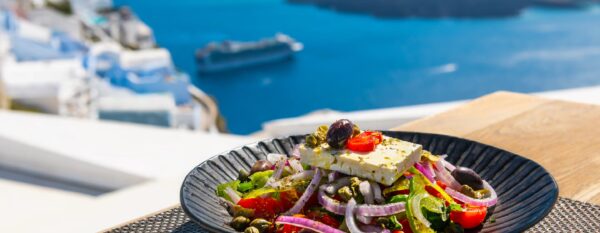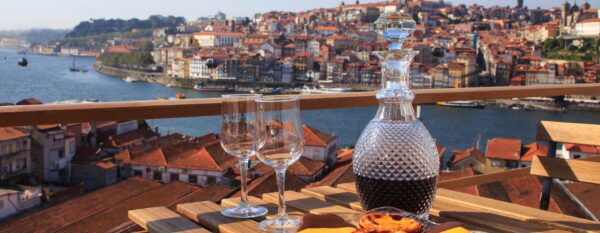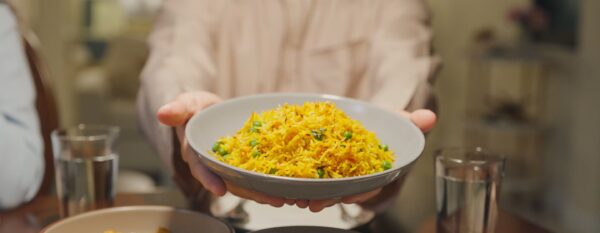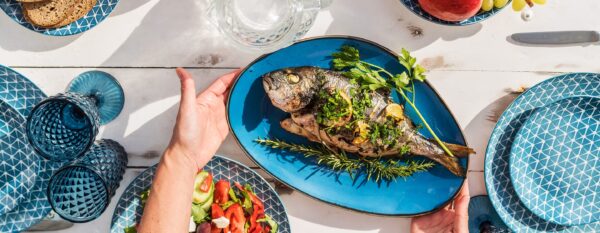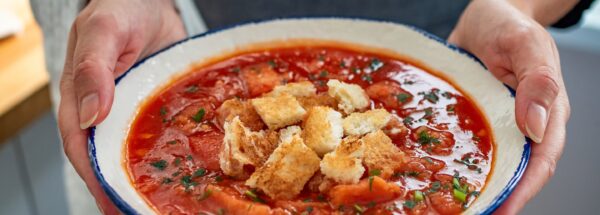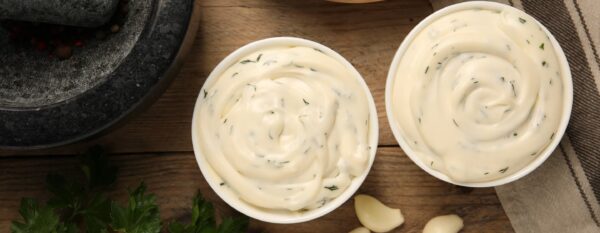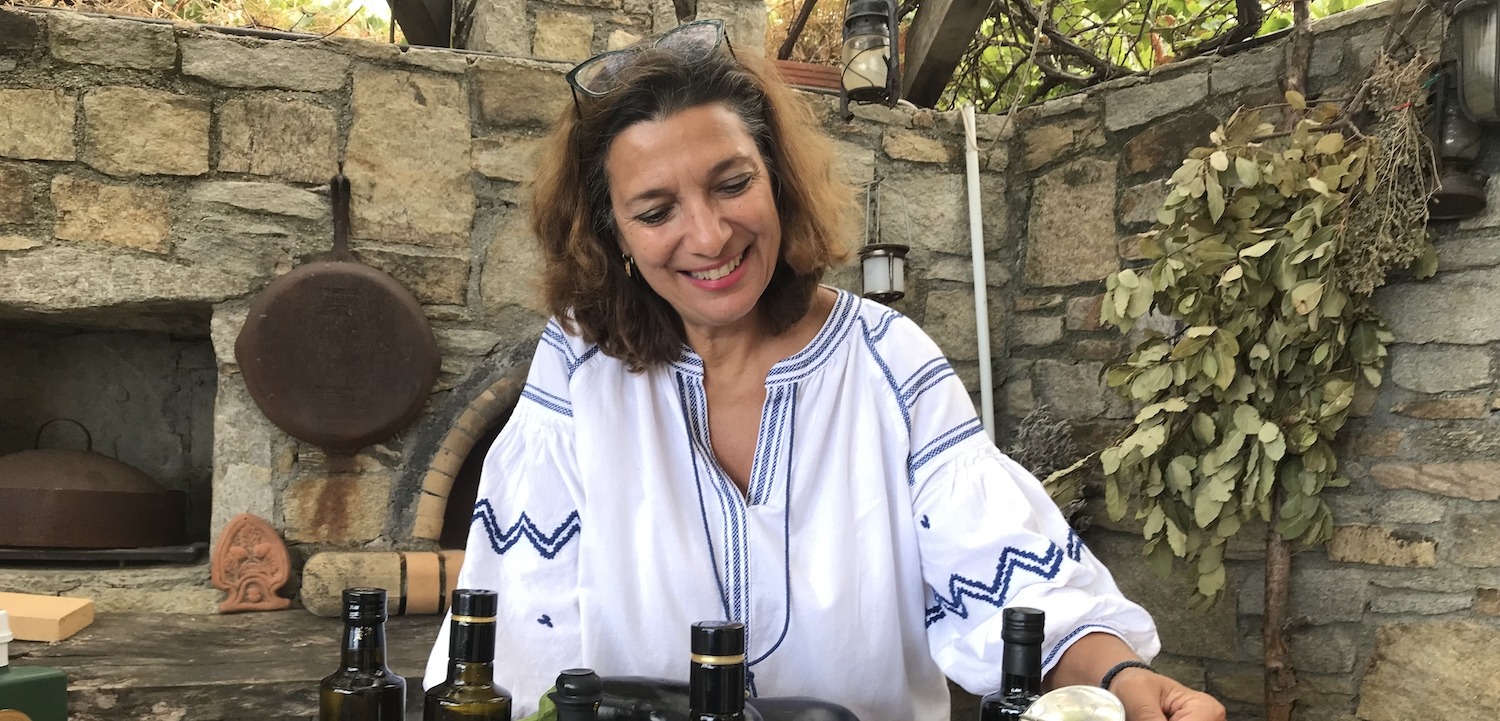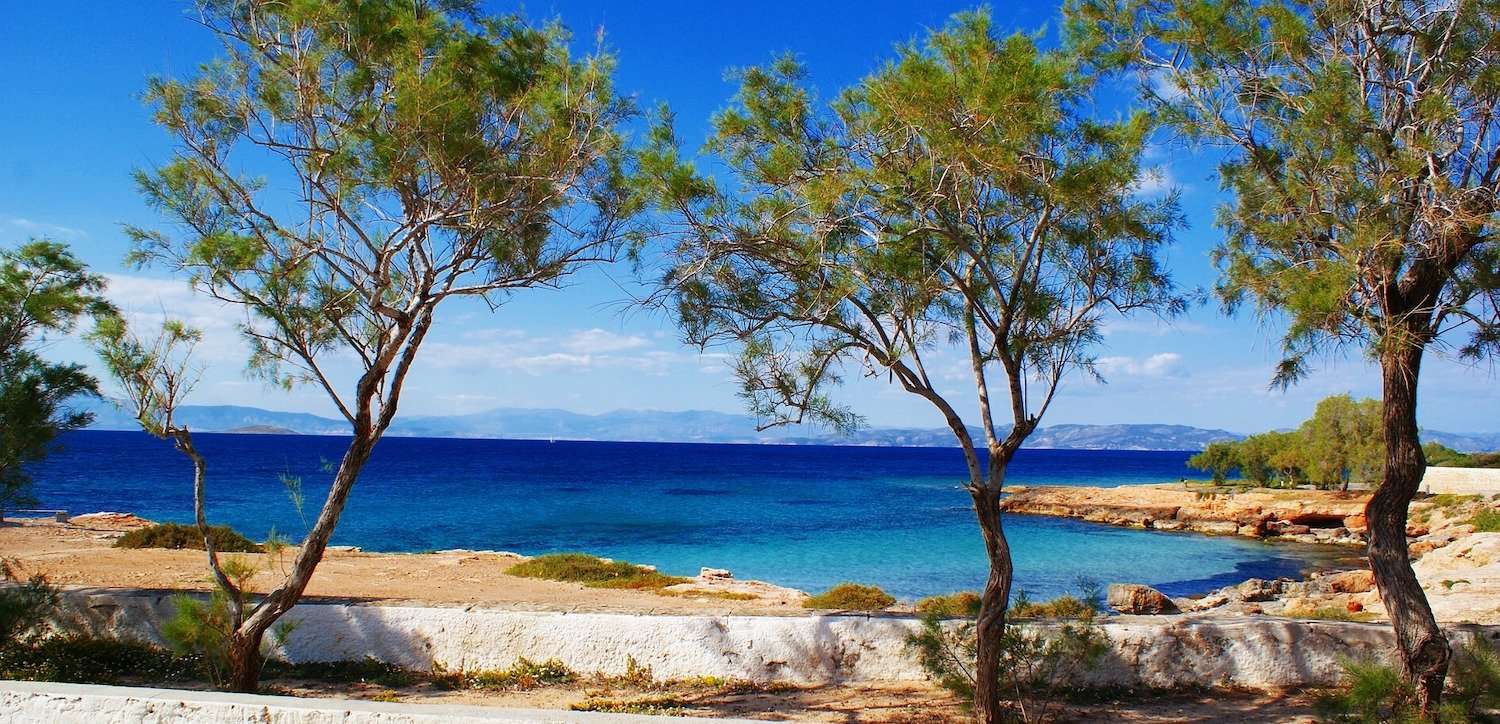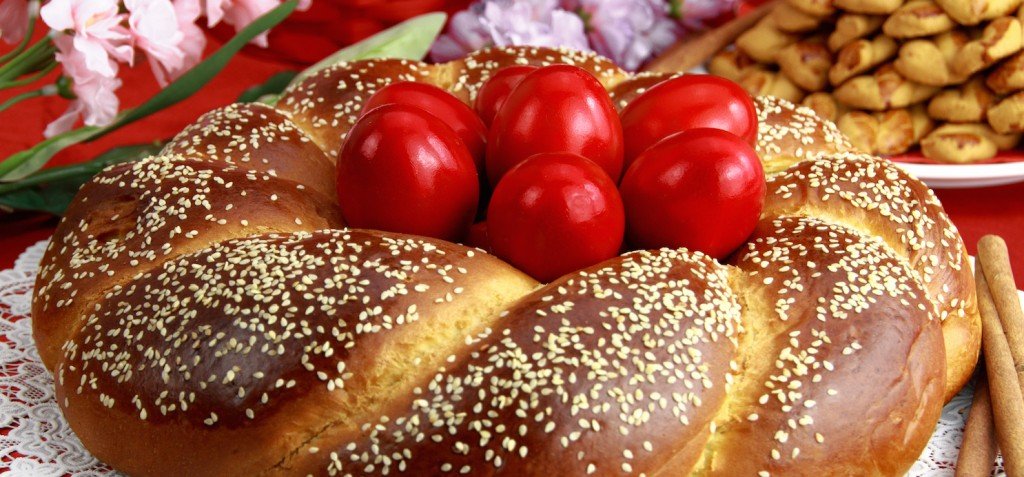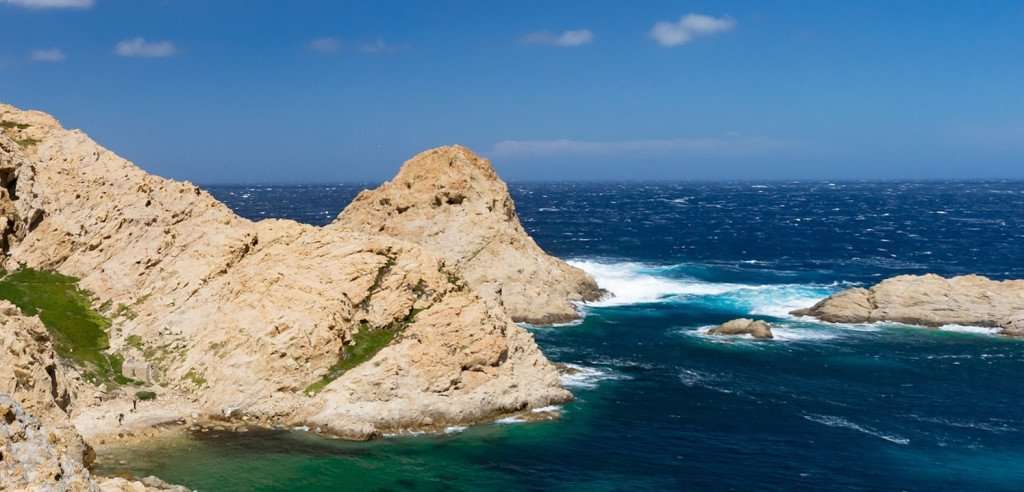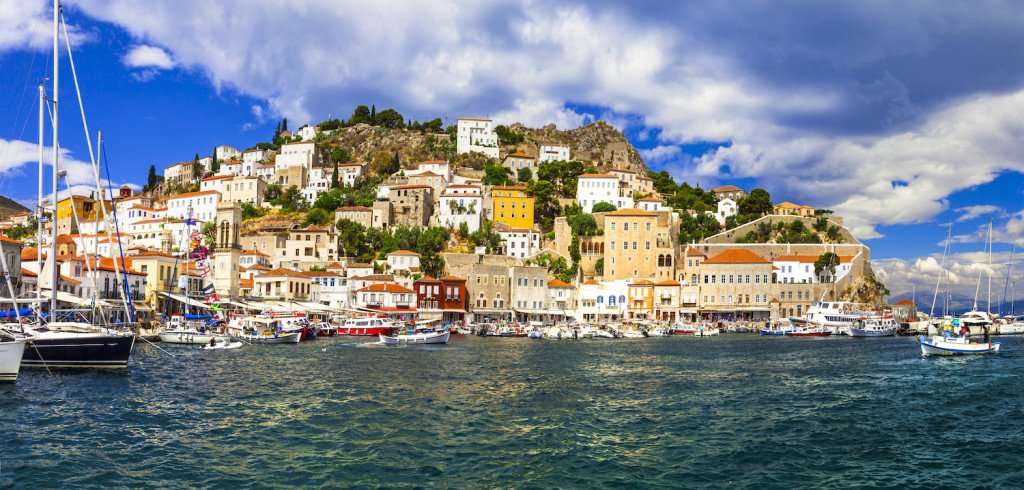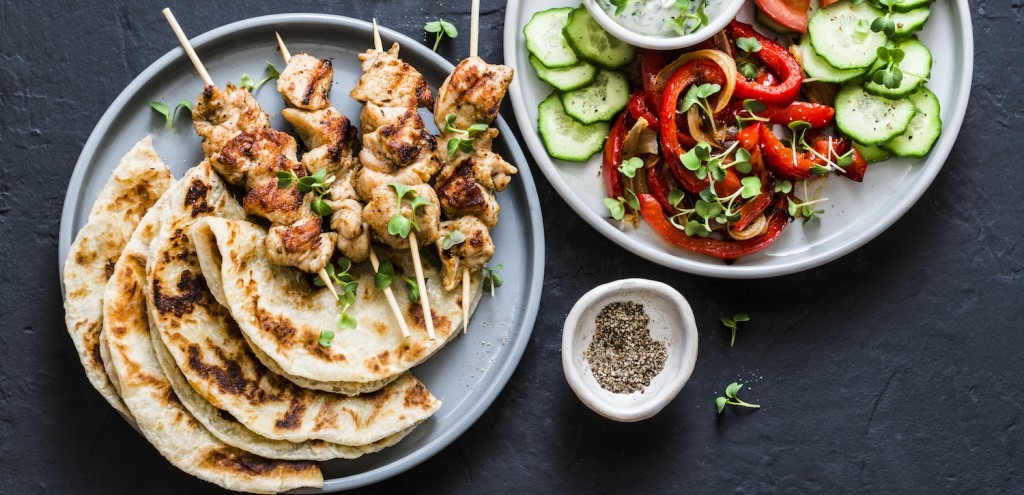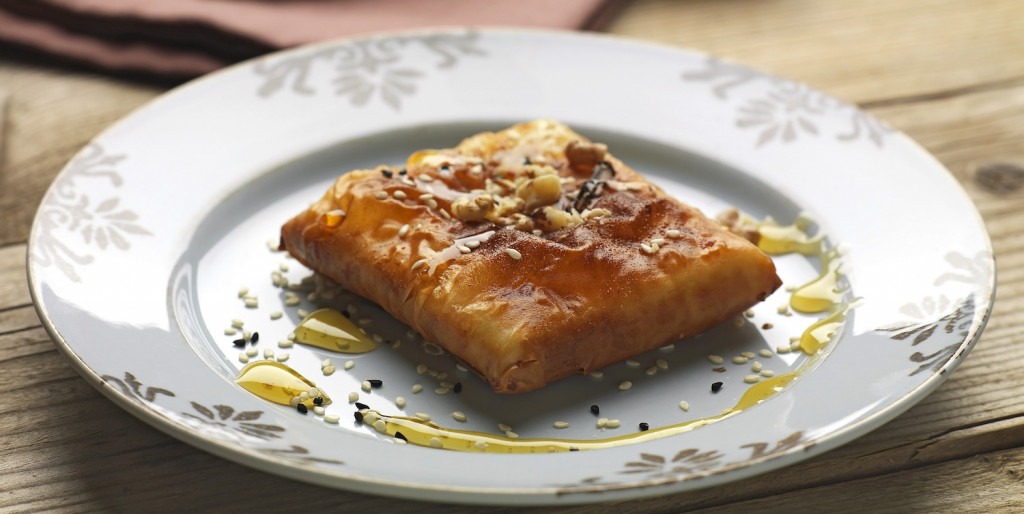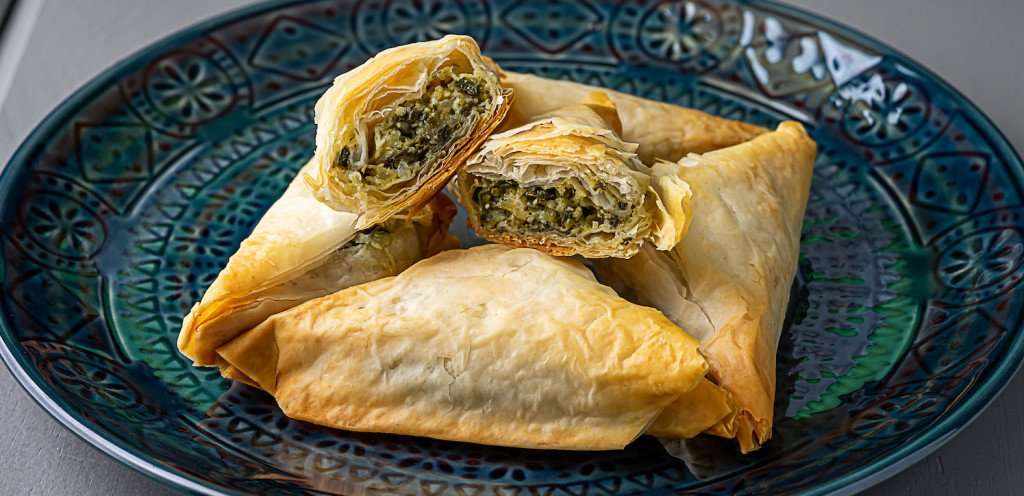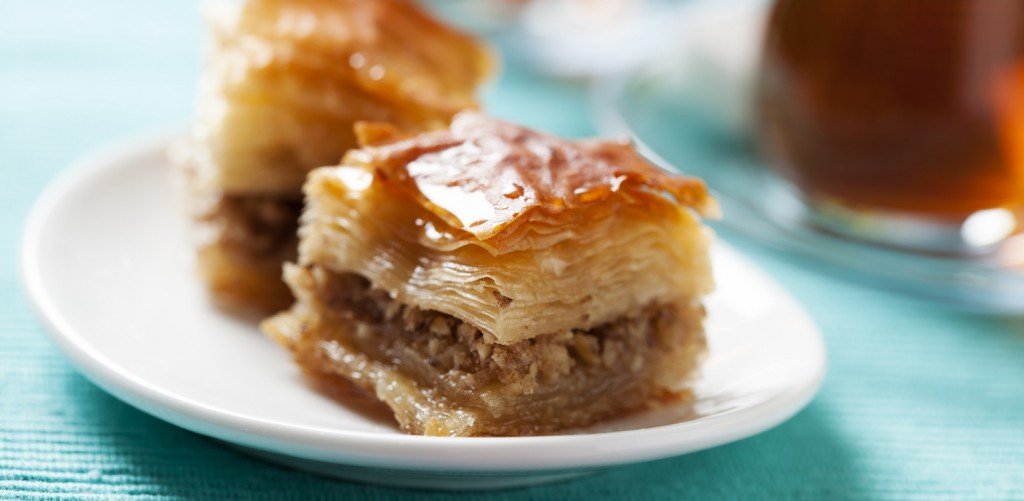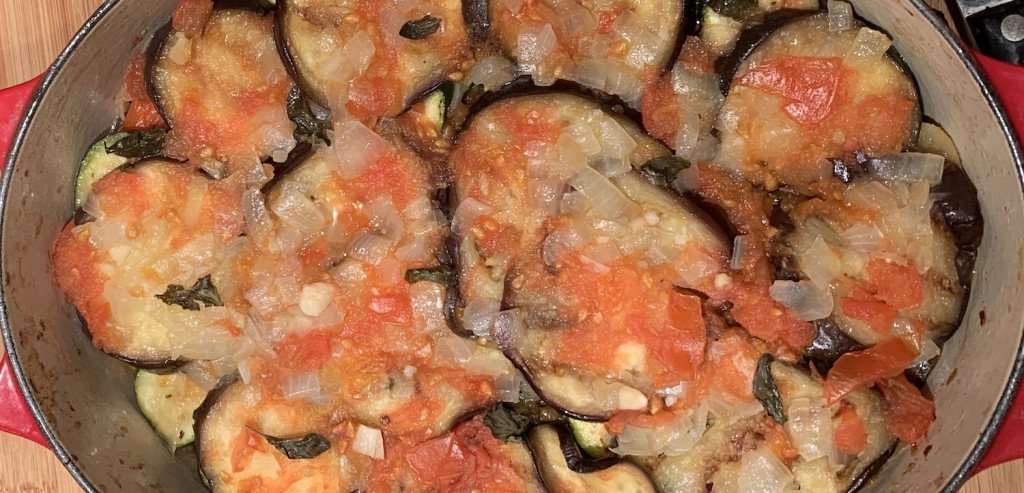
- The International Kitchen
- Blog
- The Cretan Diet Guide: Products, Rules and Recipes
The Cretan Diet Guide: Products, Rules and Recipes
-
-
 Are you thinking about the Greek Islands for a cooking vacation? Then the island of Crete is but one of many Greek islands that you should explore on our culinary vacations in Greece! While all of the Greek islands are known for their healthy Mediterranean cuisine, Crete is, time and time again, regaled as having one of the healthiest (and most delicious) of cuisines. In fact, studies (such as this one) have shown that Cretans have a lower mortality rate than their fellow Mediterranean dwellers.
Are you thinking about the Greek Islands for a cooking vacation? Then the island of Crete is but one of many Greek islands that you should explore on our culinary vacations in Greece! While all of the Greek islands are known for their healthy Mediterranean cuisine, Crete is, time and time again, regaled as having one of the healthiest (and most delicious) of cuisines. In fact, studies (such as this one) have shown that Cretans have a lower mortality rate than their fellow Mediterranean dwellers.
What Is the Cretan Diet?
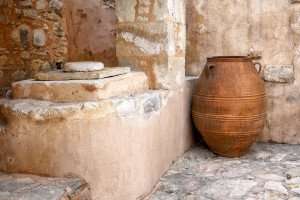 What is the Cretan diet, and what makes the cuisine of Crete so healthy? For starters, the traditional Cretan diet, like much of the Mediterranean diet, is heavily dependent on olive oil. It also is high in vegetables and fruits, and in particular seasonal vegetables, some of which are foraged from the wild. In fact, some say one of the most unique characteristics of the traditional Cretan diet is the significant consumption of locally grown greens. Add to this the consumption of legumes and you have the basis of the traditional Cretan diet.
What is the Cretan diet, and what makes the cuisine of Crete so healthy? For starters, the traditional Cretan diet, like much of the Mediterranean diet, is heavily dependent on olive oil. It also is high in vegetables and fruits, and in particular seasonal vegetables, some of which are foraged from the wild. In fact, some say one of the most unique characteristics of the traditional Cretan diet is the significant consumption of locally grown greens. Add to this the consumption of legumes and you have the basis of the traditional Cretan diet.
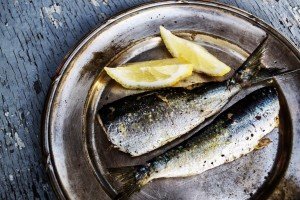 The intake of meat and dairy as part of the Cretan diet is low, but even then it is locally sourced, with free-range animals. Slow food in Crete is part of the culture, it has been going on for centuries and centuries without any need for an organization or club to promote it.
The intake of meat and dairy as part of the Cretan diet is low, but even then it is locally sourced, with free-range animals. Slow food in Crete is part of the culture, it has been going on for centuries and centuries without any need for an organization or club to promote it.
The traditional Cretan diet includes fish that are high in omega-3 fatty acids. This doesn’t mean that Cretans have a ton of fish in their diets, quite the contrary! But the fish they do eat, such as sardines, mackerel, bream, and tuna, are high in omega-3s. (Try this tasty Sicilian sardine recipe.)
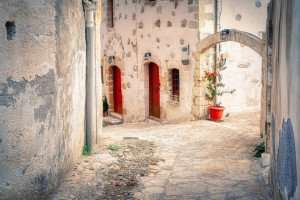
Cretan Diet History
In 1958 Professor Ancel Keys, a researcher from the University of Minnesota, began an extended, international study of coronary heart disease across contrasting cultures. He studied the rates of coronary heart disease among middle-aged men in the U.S. with that of other countries: namely, the Netherlands, Finland, Italy, Greece, Japan, and (then) Yugoslavia. This study, which would come to be known as the “Seven Countries Study,” was the first major study to explore the correlation between diet and lifestyle with cardiovascular disease.
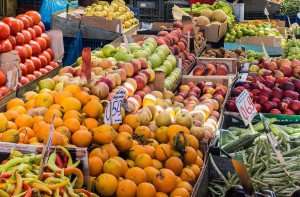 In Greece, the study focused on Corfu and Crete.
In Greece, the study focused on Corfu and Crete.
The researchers found in the Cretan diet study that the rate of cardiovascular disease was 30 times higher in the U.S. than in Crete, which had the lowest rate of all the locales studied. The Cretan diet study also showed that the residents of Crete consumed a large amount of olives, fruits, nuts, vegetables, and olive oil. Add to this moderate amounts of fish and wine, and only small amounts of eggs, meat, and dairy, and you were left with a diet rich in fiber, omega-3 fatty acids, antioxidants, and vitamins C and E. So, although a large amount of the Cretan diet’s calories come from fat, most of this is in the form of olive oil.
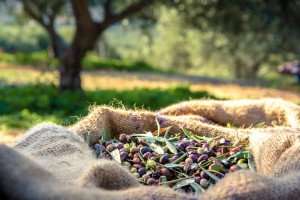 Interestingly, despite the high percentage of fat found in the Cretan diet study, and despite their low rates of coronary heart disease, one of the conclusions of the study was that the diet in the U.S. was too high in fat. This conclusion failed to take into account fully the differences in types of fats being consumed.
Interestingly, despite the high percentage of fat found in the Cretan diet study, and despite their low rates of coronary heart disease, one of the conclusions of the study was that the diet in the U.S. was too high in fat. This conclusion failed to take into account fully the differences in types of fats being consumed.
Is the Cretan Diet the Same as the Mediterranean Diet?
 The Cretan Mediterranean diet is, of course, in many ways similar to what we think of as the Mediterranean diet. However, the Mediterranean basin includes dozens of countries and even more islands, so to expect it to be a coherent diet is a bit unrealistic. The Seven Countries Study was perhaps the first to praise the Mediterranean diet, and it pointed to the use of olive oil and olives, the production of wine, and the consumption of fish and seafood over meat as common traits among the nations with lower rates of cardiovascular disease.
The Cretan Mediterranean diet is, of course, in many ways similar to what we think of as the Mediterranean diet. However, the Mediterranean basin includes dozens of countries and even more islands, so to expect it to be a coherent diet is a bit unrealistic. The Seven Countries Study was perhaps the first to praise the Mediterranean diet, and it pointed to the use of olive oil and olives, the production of wine, and the consumption of fish and seafood over meat as common traits among the nations with lower rates of cardiovascular disease.
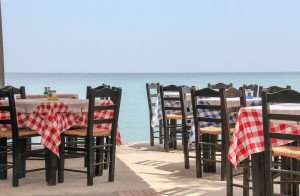 However, the Cretan Mediterranean diet is inherently local. It is dependent upon the free-range grazing of animals on local pastureland. It is dependent on fish caught in the waters off its shores. It is dependent, above all, on the fruits, vegetables, and olives cultivated on its sunny terrain. So the Cretan diet pyramid might be said to rest on the foundation of olive oil and vegetables more than on grains.
However, the Cretan Mediterranean diet is inherently local. It is dependent upon the free-range grazing of animals on local pastureland. It is dependent on fish caught in the waters off its shores. It is dependent, above all, on the fruits, vegetables, and olives cultivated on its sunny terrain. So the Cretan diet pyramid might be said to rest on the foundation of olive oil and vegetables more than on grains.
Traditional Cretan Foods
What is traditional Cretan food, and how can you create a Cretan diet meal plan? You may not be able to forage in the wild for the same vegetables and herbs, but you can incorporate traditional Cretan food and drink into your diet!
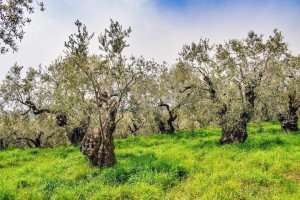 Olive Oil
Olive Oil
It may seem odd that olive oil is the single most important part of the Cretan diet, but studies show it to be true. Cretans, in fact, consume more olive oil than their Mediterranean neighbors. And, as we have mentioned, a significantly higher percentage of the Cretan diet is made up of fat in the form of olive oil (some 35-40% in fact). I have read one study that says Cretans consume more than twice the amount of olive oil annually as Italians!
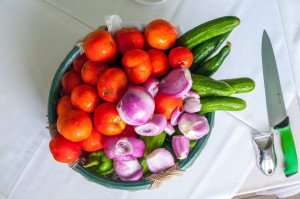 Fruits and Vegetables
Fruits and Vegetables
The other staple of the traditional Cretan diet? Fruits and vegetables. In Crete they are organic, seasonal, and locally grown, often cultivated on one’s own land. They (not meat or fish) are the basis for most meals. In fact, it is estimated that Cretans eat five or six times more fruits and vegetables than Americans!
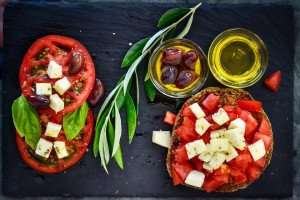 Grains, Breads, and Starches
Grains, Breads, and Starches
Although the Cretan diet can include some rice, noodles, and potatoes most of the grains and starches are consumed in the form of bread or rusk. Rusks are a hard type of twice-baked bread and are called paximadia on Crete. They are usually made in a wood-fired oven. The most common grains are whole grain barley and wheat, and the breads are invariably consumed with–you guessed it!–plenty of olive oil. The fact that grains are not as plentiful in the Cretan diet as in that of other Mediterranean diets is one of its primary differences.
 Wine
Wine
Wine production on Crete goes back to ancient times and the early Minoan civilization. In fact, some say it is a tradition that dates back some four thousand years! Wine is a key part of daily life, although it is consumed moderately.
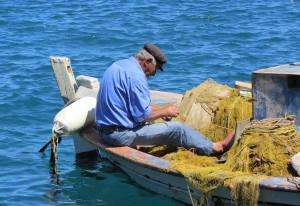 Fish and Seafood
Fish and Seafood
Fish is consumed at a minimum once or twice a week, and is usually fresh from the sea, although inland you will also find salted varieties. Varieties that are high in omega-3 fatty acids are particularly prevalent, including mackerel, sardines, anchovies, tuna, and bream.
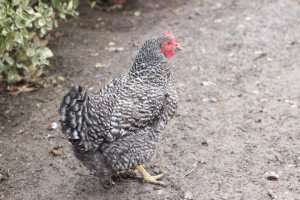 Eggs
Eggs
Although eggs are not a huge part of the Cretan diet, they are eaten occasionally (on average 2 to 3 eggs per week). Because the chickens are left to roam, their diet is not made up of grains but rather of insects, worms, foraged fruits and grasses, making their eggs more nutritious.
Dairy Products
Goats are more common than cattle or sheep on Crete, so it is not surprising that most of the dairy is goat’s milk based. Dairy is not consumed in large amounts, but the excellent cheese and yogurt are still important Cretan foods.
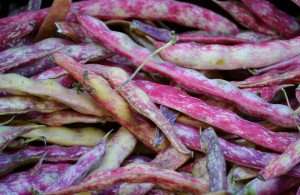 Beans and Nuts
Beans and Nuts
Beans and nuts are an important part of the Cretan diet and are consumed several times a week. High in fiber and protein, the beans most often found are fava, broad beans, chickpeas, lentils, and white beans. Nut cultivation abounds, and you will find almonds, walnuts, chestnuts, and hazelnuts.
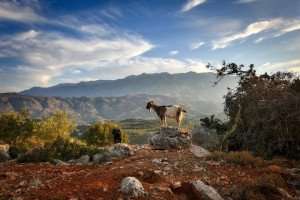 Meat
Meat
Meat is part of the Cretan diet, but it is consumed sparingly and not often. The meat of choice is always free-range, and frequently from goats that have foraged on wild greens and herbs. Also, those Cretans that follow Greek Christian Orthodoxy will avoid eating not only meat but meat products such as eggs and dairy for a large percentage of the year, including most Wednesdays and Fridays, as well as during four principal fasting periods of varying lengths (the Lenten fast being the most known). At times, even olive oil is excluded!
Rules of the Cretan Diet
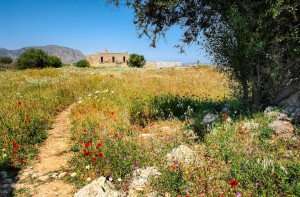 If you want to adopt the Cretan diet plan, in addition to of course using as many of the Cretan foods as possible, there are a few simple rules to keep in mind.
If you want to adopt the Cretan diet plan, in addition to of course using as many of the Cretan foods as possible, there are a few simple rules to keep in mind.
- Don’t eat processed foods. Make everything you eat be something you could have (in theory) grown or produced yourself.
- Eat fresh fruit instead of dessert to satisfy your sweet tooth.
- Make most of what you eat plant-based, rather than animal-based.
- Drink wine, but in moderation.
- Use plenty of olive oil and nuts, but avoid other fats.
Cretan Food Recipes
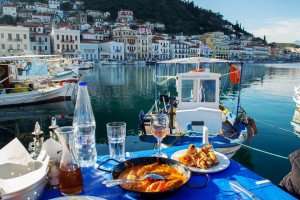 If you are looking for Cretan diet recipes, check out these fabulous dishes in our blog.
If you are looking for Cretan diet recipes, check out these fabulous dishes in our blog.
Prawns Saganaki – Saganaki in Greece refers to the process of cooking something in a small frying pan, and here it is used to create a delicious shrimp dish
Dakos – This classic preparation is found throughout Greece, but the origin of the dry barley rusk (paximadia) is Cretan. Here they are topped with fresh vegetables and plenty of olive oil.
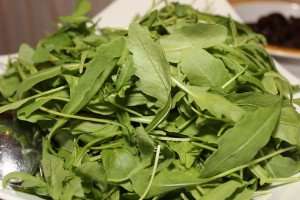 Arugula and Sweet Potato Salad – This tasty dish is actually from the island of Ikaria, which shares many characteristics of the Cretan diet. It’s also by famed chef Diane Kochilas, and too good not to share!
Arugula and Sweet Potato Salad – This tasty dish is actually from the island of Ikaria, which shares many characteristics of the Cretan diet. It’s also by famed chef Diane Kochilas, and too good not to share!
In conclusion, if you are looking to explore the healthy and delicious Cretan diet, visiting Crete on our Greek culinary vacations is a wonderful way to do it. But you can also follow the Cretan diet at home.
Sign up to Receive Our Newsletter
As well as travel tips, promotions, and information on our best cooking vacations.
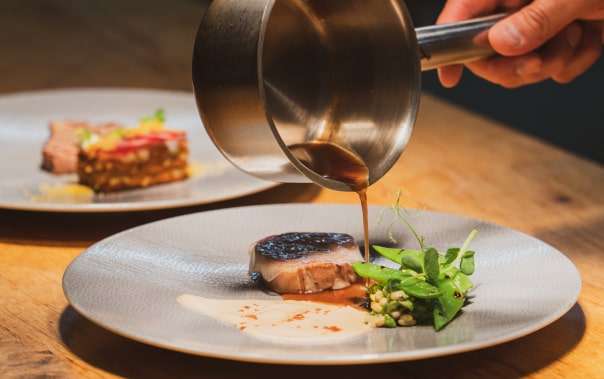
blog
Related Blog Posts
recipes

